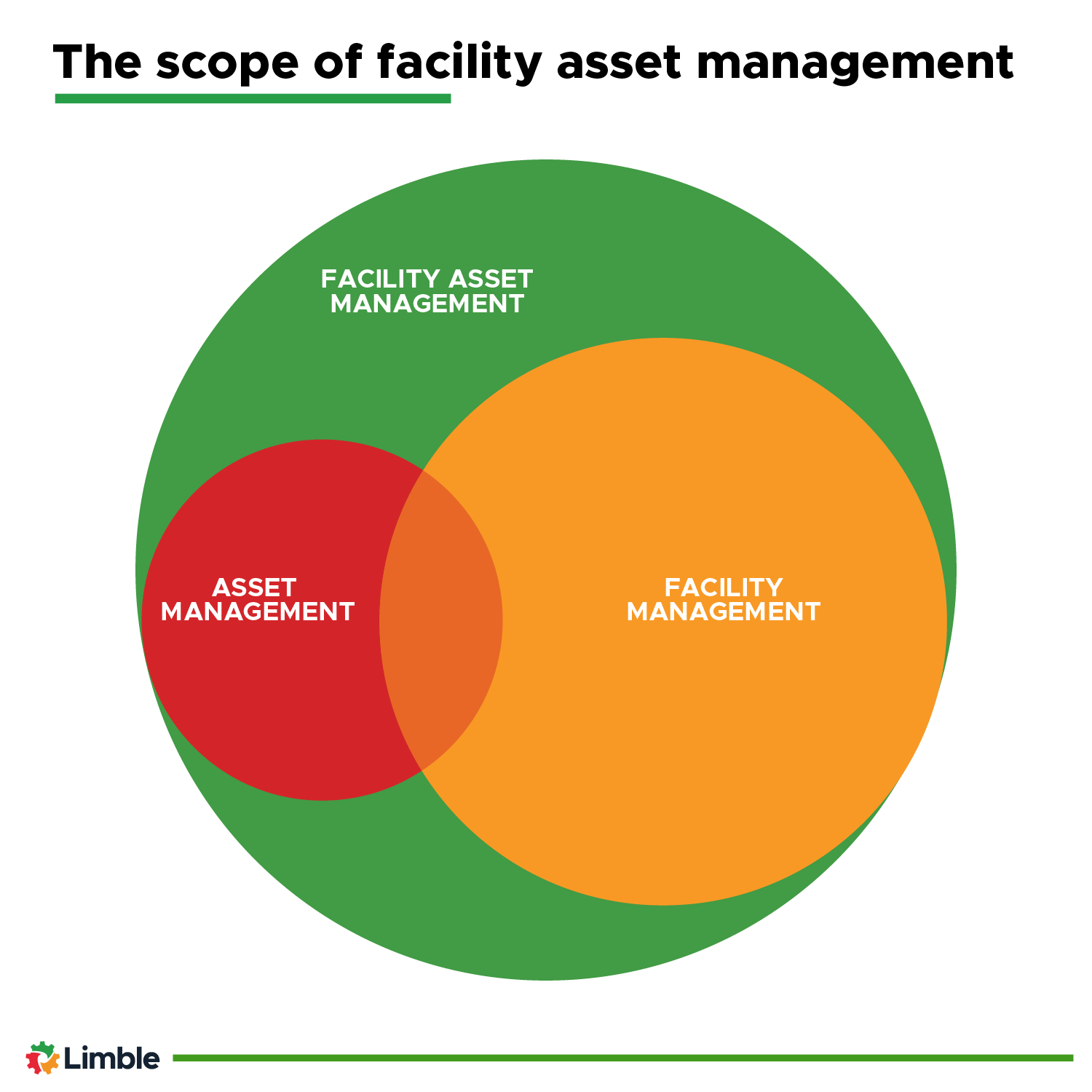Why Facility Management is Important for Property Durability
Secret Patterns Forming the Future of Facility Monitoring in 2024
As we look in advance to 2024, the landscape of center administration is positioned for significant makeover, driven by numerous key patterns. The assimilation of wise structure technologies and a change in the direction of data-driven decision-making assurance to boost functional effectiveness while focusing on sustainability in practice.
Smart Building Technologies

Smart structure innovations include a broad selection of systems, consisting of smart illumination, HVAC controls, and protection systems. By integrating these systems, center managers can keep an eye on and adjust parameters in real-time, resulting in considerable decreases in energy waste and functional prices. As an example, wise sensors can detect occupancy levels and change lights and temperature level accordingly, ensuring that power is just made use of when required.
In addition, these technologies promote enhanced information collection, permitting organizations to track use patterns and determine opportunities for additional improvements. The implementation of smart structure technologies not only adds to sustainability goals yet likewise develops much healthier workplace that can enhance employee performance and contentment.
As we move right into 2024, the fostering of smart structure innovations will likely speed up, reflecting a more comprehensive change in the direction of even more intelligent, responsive, and sustainable center administration techniques.
Data-Driven Decision Making
Increasingly, organizations are leveraging data-driven choice making to boost center administration methods. By utilizing data analytics, center managers can obtain actionable insights that considerably enhance operational performance and resource allotment. The combination of innovative modern technologies, such as IoT sensing units and real-time tracking systems, allows the collection of huge amounts of data on structure performance, occupancy rates, and energy consumption.
This wide range of info allows facility supervisors to recognize fads, forecast upkeep demands, and proactively address issues before they rise. Predictive analytics can anticipate tools failures, lowering downtime and fixing expenses. Additionally, information visualization tools help with far better interaction among stakeholders, making certain that educated decisions are made collaboratively.
Additionally, data-driven approaches boost critical preparation by enabling facility managers to examine the performance of current techniques and make notified choices concerning investments in technology or framework. As organizations progressively focus on functional quality, data-driven choice making is positioned to end up being a cornerstone of successful facility management strategies in 2024 and past. Inevitably, the capability to utilize data efficiently will empower organizations to develop much more reliable, efficient, and resistant facilities.
Sustainability and Eco-friendly Practices
The focus on data-driven decision making normally aligns with the growing emphasis on sustainability and eco-friendly techniques within facility administration. As organizations increasingly prioritize ecological duty, center supervisors are leveraging analytics to maximize resource use, decrease waste, and lessen carbon footprints. This strategic strategy makes it possible for the combination of energy-efficient systems, such as LED illumination, clever cooling and heating controls, and renewable power resources right into facility operations.
Moreover, the execution of lasting practices extends beyond power intake. Facility managers are promoting and taking on eco-friendly products reusing efforts to create a round economic climate within their centers. This not only boosts the ecological profile of the organization but likewise cultivates a society of sustainability amongst employees.
Conformity with environmental guidelines is another essential facet driving the fostering of eco-friendly techniques. By using information analytics, facility supervisors can monitor conformity metrics and identify areas for enhancement, making certain adherence to international and local sustainability criteria.
Crossbreed Work Versions
A considerable shift in the direction of hybrid job versions is reshaping the landscape of facility administration in 2024. This paradigm integrates remote and in-office work, requiring a reevaluation of space usage, resource allotment, and employee interaction approaches. Organizations are significantly identifying the importance of flexible work areas that provide to varied demands and choices.
Facility managers should adapt by implementing functional workplace styles that sustain joint efforts while giving locations for focused work. This includes the integration of modern technology to help with seamless communication and cooperation among remote and in-office workers. Smart building remedies, furnished with analytics and sensing units, enable real-time tracking of area usage, allowing companies to maximize their environments efficiently.
Moreover, crossbreed work models highlight the demand for effective facility administration that focuses on worker experience. This incorporates not just technology and area layout however likewise the development of policies that advertise a well balanced work-life dynamic. As firms navigate this transition, navigate to this website the role of center monitoring ends up being critical in creating a nimble workplace that fosters productivity and drives organizational success. Fundamentally, the hybrid job model is revolutionizing facility monitoring, motivating a positive method to meet the advancing needs of the workforce.
Improved Occupant Health
As organizations embrace hybrid work versions, an increased concentrate on resident health is becoming indispensable to facility helpful site monitoring approaches. Facility Management. This shift identifies that a pleased and healthy and balanced workforce straight impacts efficiency and retention prices. Facility managers are now prioritizing atmospheres that advertise physical and psychological wellness, integrating elements such as all-natural illumination, biophilic design, and obtainable wellness sources

Technology plays a vital duty in this advancement. Smart building systems can keep track of environmental elements and readjust settings in real-time, making certain optimum comfort levels - Facility Management. Furthermore, comments mechanisms, such as tenancy sensors and employee surveys, enable center supervisors to continually fine-tune wellness initiatives based upon passenger requirements.

Final Thought
In 2024, the future of center monitoring will be substantially affected by the integration of smart structure modern technologies and data-driven decision-making, promoting boosted functional performance. These fads jointly underscore the evolving landscape of facility monitoring in action to contemporary difficulties and possibilities.
Center managers are advertising and embracing environmentally go to this website friendly materials recycling initiatives to produce a round economic situation within their facilities.A significant change in the direction of hybrid job models is improving the landscape of facility administration in 2024.Additionally, hybrid work versions emphasize the requirement for effective center administration that focuses on staff member experience.As companies welcome hybrid work models, an enhanced focus on passenger health is ending up being integral to center administration approaches.In 2024, the future of center administration will certainly be dramatically affected by the combination of smart structure technologies and data-driven decision-making, cultivating enhanced functional performance.